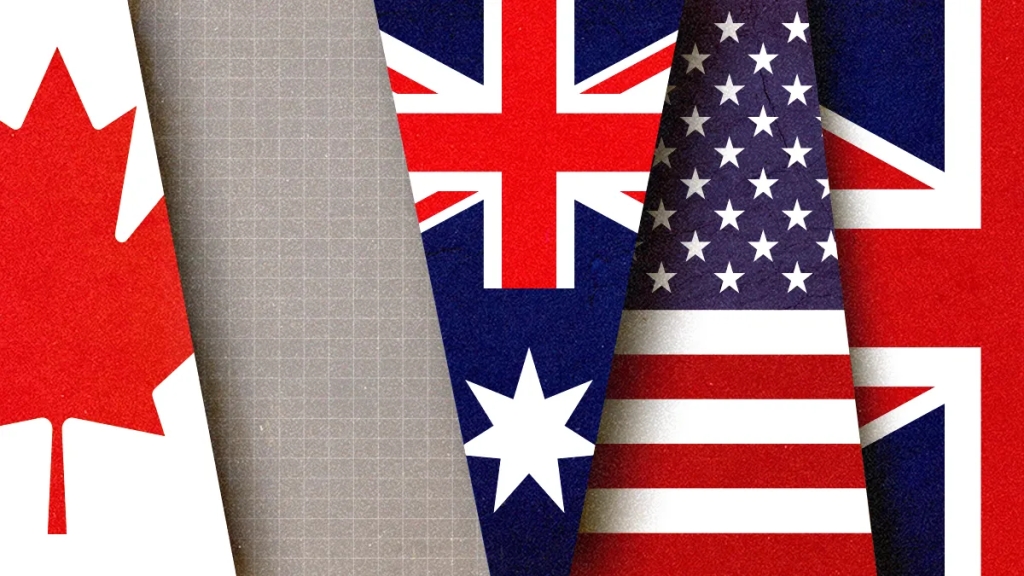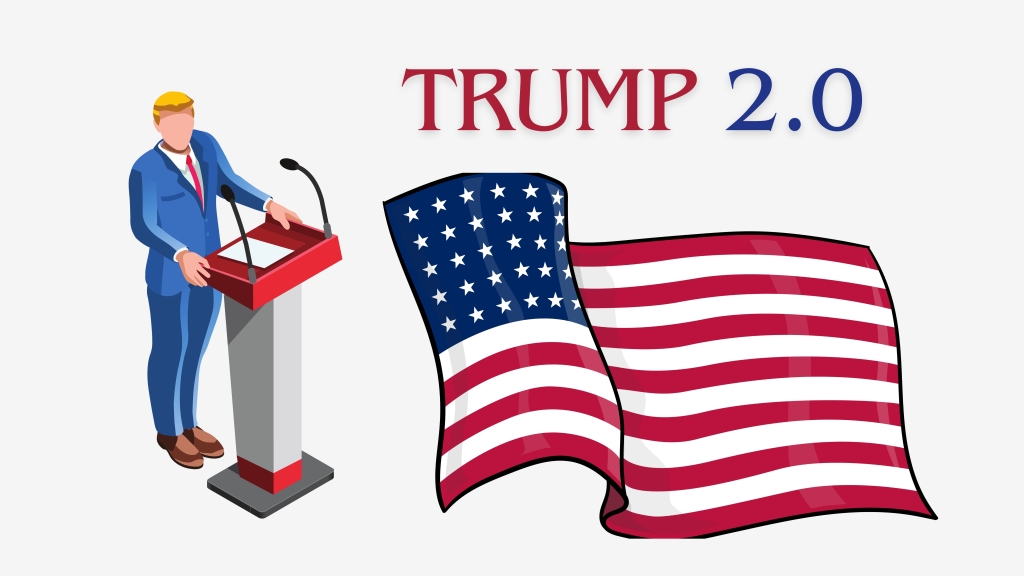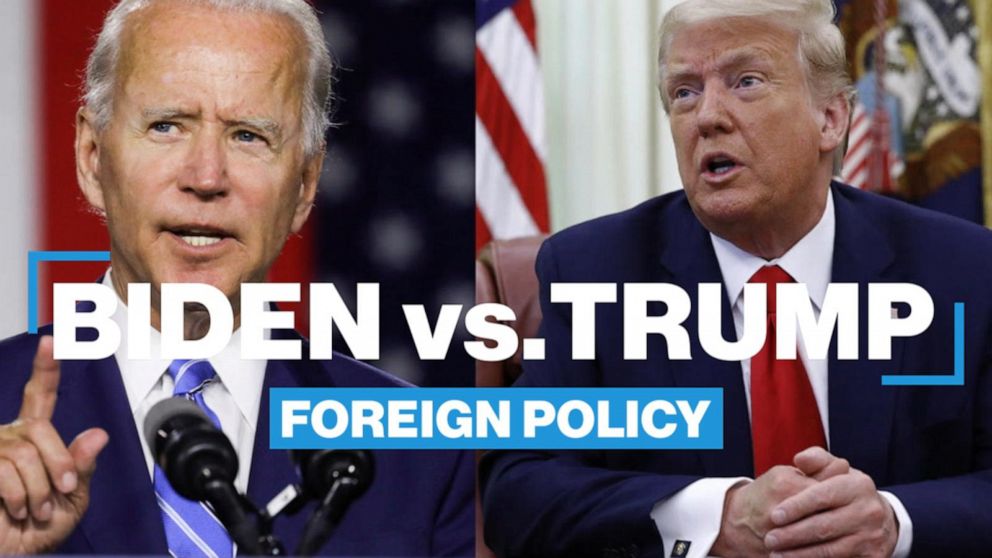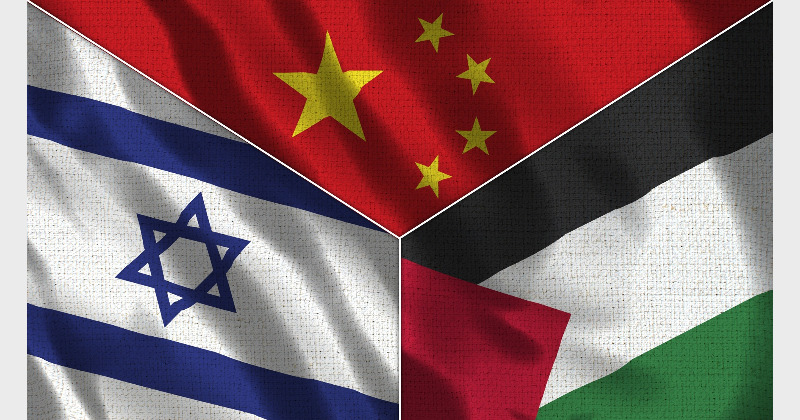On September 15, 2021, the United States (US), the United Kingdom (UK) and Australia signed the AUKUS agreement. The agreement entails cooperation with regards to nuclear submarine technologies, artificial intelligence (AI) development, quantum computing, cybersecurity, hypersonic missiles and other forms of high-tech collaboration.
Superficially, the nuclear submarine defense pact should be understood as a deterrence mechanism against Chinese assertive behavior in the Indo- Pacific. It allows the US, the UK and Australia to deploy long-term deterrence capabilities in the East China Sea (ECS), the South China Sea (SCS), the Taiwan Strait and between the first and second island chains. These are understood as geographic areas of the highest contestation between the US, its allies and China in their strategic competition to determine the shape of the Indo-Pacific region and its rules.
Dominating these zones of competition will be critical to deterring Chinese assertive behavior as the domination of the first and second island chain geographic areas has been front and center in the minds of strategic planners in China for decades.
While the deterrence capabilities of AUKUS are significant, the strength of the defense pact lies in the areas identified for cooperation, including hypersonic missiles, cybersecurity, quantum computing, AI and other technologies. Further, it sends a signal that this trilateral partnership is creating a significant firewall in areas that they identify as key areas of contestation with China. Simply, the country or countries that come to dominate these areas will likely be the dominant player in the Indo-Pacific region. This leads us to a discussion about how Canada looks at AUKUS? Where does Canada fit in AUKUS and how can it potentially cooperate with AUKUS?
Canada’s AUKUS Opportunity
Some observers, including Prime Minister Justin Trudeau, have voiced the view that the AUKUS agreement is merely a “nuclear submarine deal” and not critical to Canada’s security in the Indo-Pacific region. Others have commented that the focus on nuclear submarine technologies and nuclear submarine cooperation lies outside Canada’s long-term commitment to non-proliferation.
Both points reinforce the argument that unlike the UK with its Integrated Review, Australia with its 2020 Defence Strategic Update and the US with its Indo-Pacific strategy, Canada is not a strategic partner in the region. This impression comes from the fact that Canada has yet to release a blueprint for its long-term strategic engagement in the Indo-Pacific to achieve its national interests, and thus is excluded from multilateral strategic planning for the region.
Notwithstanding the lack of its own Indo-Pacific vision, Canada sees the AUKUS agreement as the clearest signal of the US being committed to a sustained, intense and long-term engagement in the Indo-Pacific with like- minded states. It is a formal rebuke of the “America First” doctrine of the Trump administration and locks in the US into the region, regardless of who will be in the White House in 2024. This objurgation of the Trump administration’s penchant for transactional relations between allies is as welcome in Ottawa as it is in Tokyo, Seoul and Taipei.
AUKUS and QUAD Parallels
Ottawa sees many parallels between AUKUS and the Quadrilateral Security Dialogue (Quad) in terms of Canada’s ability to add value through capabilities approach to bolting into both partnerships. This is critical. Canada does have a place in supporting AUKUS, especially with the focus of the pact on developing hypersonic missile systems, cybersecurity, AI development, quantum computing and other forms of high-tech cooperation.
Canada has already demonstrated its capabilities to provide maritime domain awareness activities in Operation Neon in the Japan Sea. These operations focus on sanctions invasions by North Korea by working with the UK, France and other partners since December 2017. We have also seen Canada bolt into the Quad exercises.
For example, in January 2021, Canada participated in the Sea Dragon 2021 exercise near Guam, as well as in the Keen Sword 21 exercise between Japan and the US in the fall of 2020. These two examples are useful illustrations to consider how Canada can partner with AUKUS, providing capabilities to the partnership and contributing as a like-minded country in terms of creating a firewall that allows trusted partners to cooperate on critical technology development.
In this sense, as Canada looks to AUKUS and the Quad, the impetus to become a member or associate member of either partnership will require a clear enunciation of Canada’s own Indo-Pacific strategy, its vision and the areas that it can provide sustained and meaningful engagement in the region based on its national interests. As part of that Indo-Pacific strategy, Canada will need to identify tools to be able to deliver sustained cooperation in the region to secure its national interests. Both AUKUS and the Quad provide Canada an opportunity to bolt-in and provide capacities and capabilities in both ad hoc and regularized way.
Core areas of cooperation
Cybersecurity, AI development and quantum computing are areas that Canada has already engaged in cooperation and joint research and development with the US, the UK and Australia. It should also seek to find opportunities to cooperate with other like-minded countries that are not part of AUKUS. This includes working with Japan on AI governance and development, quantum computing and cybersecurity to further add value to AUKUS. Canada may wish to work with South Korea on some of these areas as well.
Developing joint AI, quantum computing and cybersecurity research consortiums with trusted partners is the first step for Canada to add value to AUKUS. Advocating and supporting human capital development in these key areas could further cement Canada’s relationship with AUKUS partners by contributing to front-line research that directly contributes to AUKUS’s mission.
Cybersecurity Cooperation
National Cyber Security Action Plan (2019-2024) provides a pre-existing framework for Canada to contribute to AUKUS. Its focus on Secure and Resilient Canadian Systems, an Innovative and Adaptive Cyber Ecosystem, and Effective Leadership, Governance and Collaboration, suggests that Canada has already invested in the legal, regulatory, and strategic conceptualization of a national cybersecurity strategy that can plug into the AUKUS cooperation on cybersecurity at many levels.
Key initiatives such as Supporting Canadian Critical Infrastructure Owners and Operators, Improved Integrated Threat Assessments, Preparing Government of Canada Communications for Advances in Quantum, Expanding Advice and Guidance to the Finance and Energy Sectors, and Cyber Intelligence Collection and Cyber Threat Assessments demonstrate Canada’s pre-AUKUS recognition of the importance of cybersecurity and quantum communications in its national security and the importance of international collaboration with like-minded partners.
This is re-enforced by the establishment of a Cyber Intelligence Collection and Cyber Threat Assessment and the Federal Policing Cybercrime Enforcement Capacity. Both initiatives focus on the coordination of Canadian cybercrime operations with international partners and “increasing the capacity of Canada to respond to and participate in joint investigations with Canada’s key international law enforcement partners.”
Quantum Computing Cooperation
Quantum computing is another area that Canada is already investing in and presents a platform for collaboration with AUKUS. In the Canadian Budget 2021, the government proposed $360 million in investments over seven years to launch a National Quantum Strategy that would be coordinated by the secretariat at Innovation, Science and Economic Development Canada (ISED).
Canada’s partnership approach that focuses on collaboration between academia, the private sector, government is critical to Canada’s approach as is international cooperation. Academia “develops talent, supports large- scale applied research and development projects, strengthens other areas such as managerial skills and product management, and continues to push the boundaries of knowledge,” while the private sector “brings new technologies to market by scaling-up firms to create quantum technology-based products and services, makes the proper connections to integrate into global supply chains as they emerge, and exports quantum technology- based products and services.”
This collaboration is further enhanced by government “funding and de-risking emerging technologies, convenes and coordinates, procures services during the product-development process, and serves as a research partner (e.g. through the National Research Council of Canada, Defence Research and Development Canada, Canadian Space Agency).”
Recognizing the comparative advantages each like-minded country has regarding quantum computing, Canada has a vested interest in finding ways to collaborate with AUKUS partners to enhance its own quantum computing acumen and capacities but also in contributing to the development of a technology that will be critical to economic prosperity and national security.
Intelligence Cooperation
The Five Eyes (FVEY) partnership is another platform through which Canada can add value to the AUKUS partnership. For example, a virtual FVEY defence ministers’ meeting was held in October 2020 by Canada. Building on the June 2020 FVEY meeting, participants focused their discussions on Chinese behavior in the Indo-Pacific region. Thus, with overlapping agendas, Canada’s role in the FVEY partnership could be directed at tangible forms of cooperation with AUKUS. Doing so offers crosswalks between FVEY and AUKUS, but it also is a “risk that by diluting an intelligence-sharing and joint collection mechanism into something with an expansive agenda, the core missions of the grouping could be sidelined. Issues-based coalitions work much better than all-purpose ones.”
Canada-AUKUS partnership and the need for an Indo-Pacific Strategy
In terms of the Indo-Pacific region, and thinking about its national interest within the region, Canada should look to the region for economic opportunity. It should look for ways to buttress the current rules-based order that compels countries to use international courts and international laws to resolve disputes.
In addition, Canada should understand how current disputes in the ECS, the Taiwan Strait, the SCS and even the Himalayan Plateau are related to Canadian prosperity. Understanding these key links can help inform how Canadians think about AUKUS and the Quad in terms of how they can contribute capabilities to these partnerships as force multipliers.
As Canada is an ally and joint stakeholder in the Indo-Pacific, political leaders in Ottawa will have to be increasingly nuanced in how they engage with these kinds of organizations, so that they can deepen and broaden bilateral relations with like-minded countries/regions, including the US, Japan, Australia, the UK and the EU.
At the same time, they do not want to be provocative toward China in terms of participating in an overt strategy to contain it. This balance will become increasingly difficult as China responds to how it perceives AUKUS, the Quad and the growing cooperation and coordination with the US in the Indo-Pacific region to push back against Chinese assertive behavior.
As the Biden administration’s Indo-Pacific strategy and approach to China continues to evolve, Canada will need to find creative ways to secure its national interests without being a casualty of US–China competition, as seen in the aftermath of Ms Meng Wanzhou’s arrest in Canada and subsequent hostage diplomacy involving Michael Kovrig and Michael Spavor.
To achieve that objective, Canada should proactively find ways to shape its engagement with the US, in AUKUS and the Quad, such that Canada is a decision maker and stakeholder rather than a bystander. To do that, Canada should support all initiatives, dialogues and conversations that contribute to peace and security in the Indo-Pacific and proactively contribute to AUKUS and the Quad according to its technological, institutional and relational comparative advantages.
This process will require Canada to clearly articulate its own Indo-Pacific vision and subsequent strategy to achieve it. The AUKUS, the Quad and other forms of multilateral cooperation will necessarily be part of that strategy, as will trade agreements, such as the Comprehensive and Progressive Agreement for Trans-Pacific Partnership.
Source: https://isdp.se/publication/aukus-resetting-european-thinking-on-the-indo-pacific/





Leave a comment